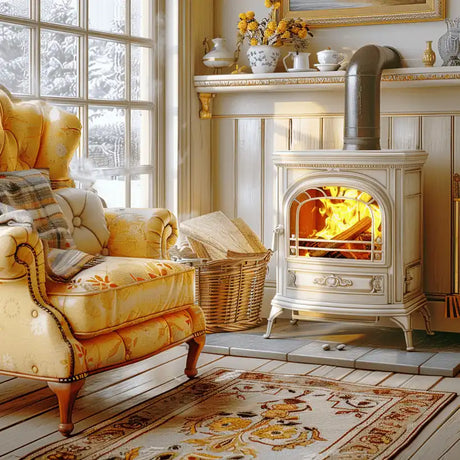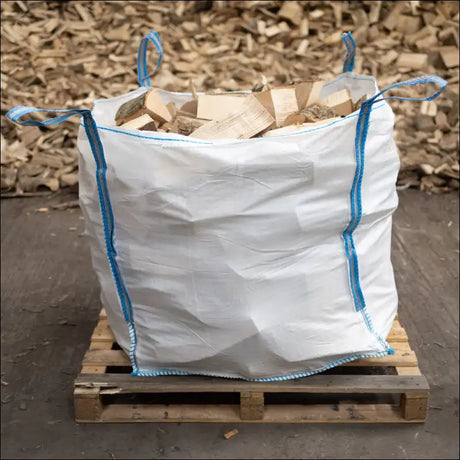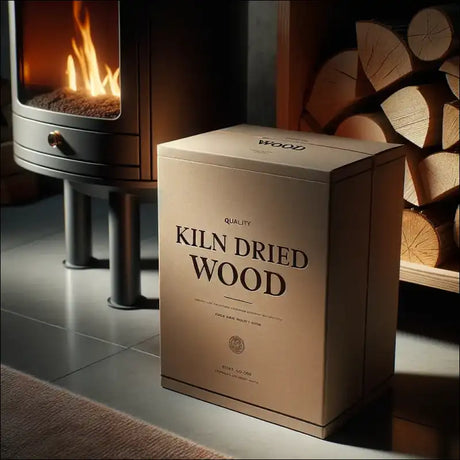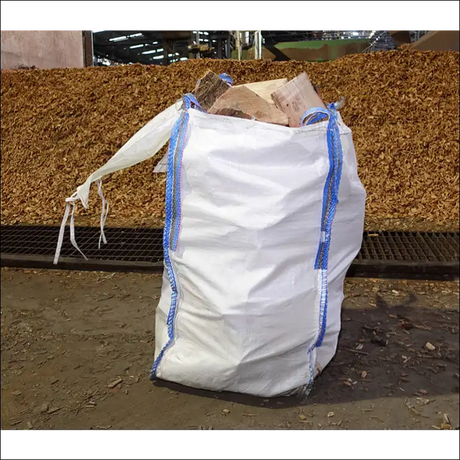Kiln drying is one of the most effective ways to prepare firewood for burning. By removing excess moisture content from the wood, kiln drying accelerates the seasoning process and ensures your firewood burns hotter, longer and more efficiently. But kiln drying does take time. So how long exactly does it take to kiln dry firewood?
Overview of Kiln Drying Firewood
Kiln drying uses heat and airflow to rapidly remove moisture from cut and split firewood. The wood is placed in a large, insulated kiln or oven, where temperatures typically reach 160-180°F. The combination of warm air moving through the kiln evaporates moisture from the wood.
Kiln drying has several advantages over traditional air drying firewood:
- Speeds up seasoning - Kiln drying can season wood in days or weeks versus months for air drying.
- Controls environment - The kiln allows precise control over temperature, humidity and airflow for optimal drying.
- Reduces mold/rot - The warm, dry kiln environment inhibits mold growth.
- Kills bugs/pests - High heat eliminates any insects or larvae in the wood.
- Consistent results - Kiln drying evenly dries all the wood to desired moisture content.
The downsides are that kiln drying requires significant equipment, energy and labor investments compared to air drying. That makes kiln dried wood more expensive than air dried. But for many, the benefits of quick and reliable seasoning justify the added cost.
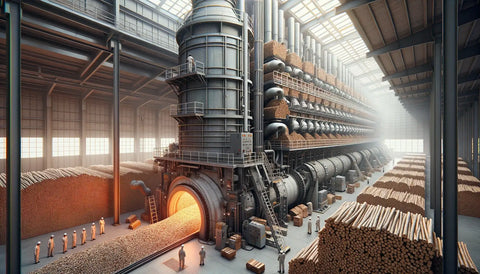
Steps for Kiln Drying Firewood
Kiln drying firewood generally follows these basic steps:
- Sourcing Logs - Freshly cut logs with the bark removed are stacked to allow initial air drying for 1-2 weeks. Green wood is harder to kiln dry.
-
Splitting - Logs are split into firewood lengths and pieces no more than 6 inches thick. This exposes more surface area.
- Loading Kiln - The split wood is tightly stacked on open racks or pallets that go inside the kiln. This allows airflow around all sides of the wood.
-
Heating Kiln - Temperature is gradually increased to 70-83°C (160-180°F) and airflow is initiated. Some kilns recirculate hot air while others draw in fresh air and heat it.
- Drying and Monitoring - Wood moisture content is checked periodically. Kilns may run 24/7 with constant heat and airflow.
- Unloading and Storing - Once target moisture levels are reached (15-20% MC), the kiln dried wood is removed, allowed to cool and stored properly to await use.
Factors That Impact Kiln Drying Times
Several key factors affect how quickly firewood can be kiln dried:
Wood Species
- Dense hardwoods like oak, hickory and beech take longer to dry than softer woods like pine, aspen and willow.
- Heartwood dries slower than sapwood in all species.
-
In general, here are kiln drying times by species:
- Softwoods - 2-4 days
- Medium hardwoods - 5-7 days
- Dense hardwoods - 7-14 days
Firewood Size
- Smaller pieces dry faster than larger pieces. With more exposed surface area, moisture escapes quicker.
- For kiln drying, most firewood is split into pieces no thicker than 6 inches across.
- Very small pieces like kindling can kiln dry in just 1-2 days.
Initial Moisture Content
-
Green wood straight from a freshly felled tree contains a lot more moisture versus wood that has been air dried for a few weeks.
-
Kilns must remove all moisture above the fiber saturation point, which ranges 25-30% MC for most wood species.
-
Wood that begins air drying at 50% MC will kiln dry faster than wood with 70% MC.
Kiln Temperature
-
Most kiln drying of firewood uses temperatures between 70-83°C (160-180°F).
-
Higher temperatures will shorten drying times, but risks cracking wood.
-
Maximum kiln temperatures are limited to what the wood species can handle without damage.
Airflow Through Kiln
- Good airflow is critical for efficient kiln drying. Air movement accelerates evaporation.
- Stacking methods that allow airflow on all sides of the wood will shorten drying times.
-
Some kilns use fans to force high velocity airflow.
Typical Kiln Drying Times for Firewood
Given all the factors above, a rough guideline for kiln drying times under normal conditions is:
- Softwoods - 3 to 5 days
- Medium hardwoods - 5 to 10 days
- Dense hardwoods - 10 to 14 days
However, drying times can vary considerably based on specifics:
- Well-stacked kilns with good airflow and moderately high temperatures generally require less time.
- Smaller pieces of wood will kiln dry significantly faster. Kindling-sized pieces may only take 1-2 days.
- Firewood that begins air drying with a lower initial moisture content before going into the kiln can shave off 1-3 days of drying time.
- Slow-drying dense hardwoods cut into big pieces and with no pre-drying may need 2-3 weeks in the kiln.
- Adverse weather can extend kiln times if electrical power is interrupted or outside air for circulation is very humid.
The key is checking moisture content regularly rather than relying on a fixed schedule. Continue kiln drying until the target 15-20% MC is reached for all the wood.

Tips for Quicker Kiln Drying
Here are some tips to help shorten kiln drying times for your firewood:
- Allow freshly cut logs to air dry for 1-2 weeks before kiln drying.
- Cut logs into smaller splits - no more than 6 inches thick.
- Sort wood by species, with softer woods separate from dense hardwoods.
- Use proper air drying racks or stack wood criss-crossed to enable airflow.
-
Load kiln carefully, spacing out splits with air channels rather than cramming tightly.
- Maximize kiln temperatures up to species limits (e.g. 180°F for oak but 140°F for pine).
- Introduce fresh, drier air vs recirculating humid air if possible.
- Use a dehumidifier inside the kiln to reduce humidity.
- Add more air circulation fans to force airflow through wood stacks.
- Rotate stacks in the kiln periodically for even drying.
- Check moisture content frequently near the end to catch wood as soon as it reaches 15-20% MC.
Kiln Drying Provides Quality, Seasoned Firewood
Kiln drying undoubtedly requires more time, energy and equipment than air drying firewood. But for many, the benefits are worth the extra effort and expense. By rapidly seasoning wood down to ideal moisture content levels, kiln drying enables burning cleaner, hotter and more efficiently all winter long.
Carefully monitoring the process and using kilns properly allows firewood to be seasoned in reasonable timeframes. With the right techniques and conditions, even slow-drying dense hardwoods can be kiln dried within 2-3 weeks. And smaller batches of kindling may finish in just 1-2 days. So while kiln drying does take time, it can still produce seasoned firewood much faster than air drying alone.


